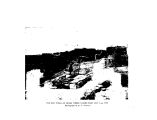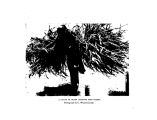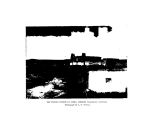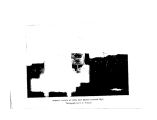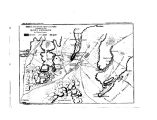| Title |
On the trail of a Spanish pioneer; the diary and itinerary of Francisco Garces (missionary priest) in his travels through Sonora, Arizona, and California, 1775-1776; translated from an official contemporaneous copy of the original Spanish manscript, and ed., with copious critical notes |
| Subject |
Indians of North America; Spanish; White people--Relations with Indians; Horses; Agriculture; Indians of North America--Dwellings; Religion; Missionaries; Food; Culture; Housing; Navajo Indians; Indigenous peoples--North America |
| Keywords |
Spanish; Indian; White Relations; Inter-tribal Relations; Native Americans |
| Publisher |
Digitized by J. Willard Marriott Library, University of Utah |
| Contributors |
Goues, Elliot |
| File Name |
OntheTrailofaSpanishPioneer.pdf |
| Tribe |
Navajo |
| Language |
eng |
| Description |
Spanish explorer Francisco Garces keeps an account of his travels through the southwest United States and his experiences with Indian tribes, including the Navajo. Footnotes provide supplemental historical, cultural, and geographical information |
| Type |
Text |
| Format |
application/pdf |
| Rights |
Digital Image Copyright University of Utah |
| ARK |
ark:/87278/s63b8vmb |
| Creator |
Garcés, Francisco Tomás Hermenegildo, 1738-1781 |
| Date |
1900 |
| Spatial Coverage |
New Mexico; Arizona |
| Setname |
uaida_main |
| ID |
353929 |
| Reference URL |
https://collections.lib.utah.edu/ark:/87278/s63b8vmb |































































